Omar R. Quraishi
Admissions to the nursery section and class III of arguably the city’s most prestigious school, Karachi Grammar, commenced from this week, according to a notification posted on the school’s admissions website and interviews conducted with parents of applicants. Last year, the nursery section admitted around 120 students from a pool of 1,500 applicants, most of whom had already spent around two years at the pre-school level in various institutions scattered across Karachi.
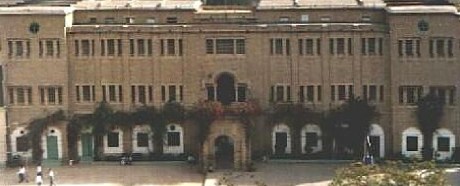
A child is eligible only if he is between the age of four years two months and three years three months at the time of entry – which is August every year. The initial application process involves queuing outside the school on two separate days – for one hour each day – when slips for registration are given out to parents. The first day is for children who already have at least one sibling already in the school or whose parent (at least one) has been a former student. The next day slips are handed out to children with neither of these connections.
Read Full Post
Roshan Malik
Multan is one of the ancient towns in Pakistan. Beside its historical importance in the geo politics of Subcontinent, the city has been the hub of great sufis and saints who were the harbingers of Islamic teachings.
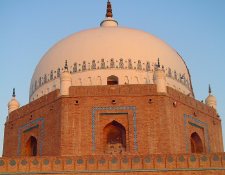
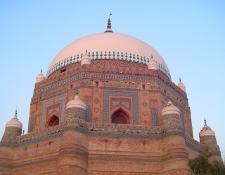
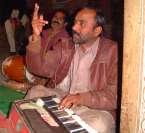
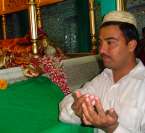
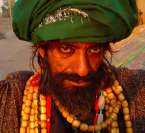
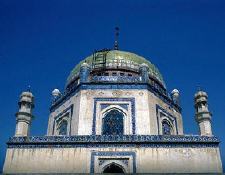
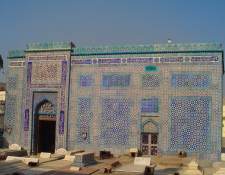
Just as Bahawalpur’s architecture is defined by its political heritage, Multan’s architecture is defined by its religious heritage. Multan is commonly described as the city of saints and shrines. Within the radius of twenty five miles, one finds hundreds of Mausoleums of those saints who propagated Islam in subcontinent with a message of love, peace, fraternity and tolerance and religious harmony.
Sometime back ATP carried a post on the Gateways of Multan. Today, I want to share this pictorial about the Multan’s saints and shrines.
Read Full Post
Adil Najam
On March 23 I was at the Presidency in Islamabad for the Pakistan Day Awards Ceremony.
This is usually a festive occasion full of pomp and ceremony and amongst the most elaborate state occasions of the year. The grandest room at the Presidency is all spruced up. There are starched military uniforms bedecked with chests full of shining medals (most of the awards handed out are always military awards). The President as well as the Prime Minister of the Republic preside over the proceedings. National power-brokers – political as well as bureaucratic – are all assembled. Everything is choreographed to convey a sense of pride.
This is how it should be. After all, it is the nation and the state honoring those who they choose to honor. In normal times this should be a day of pride and joy.
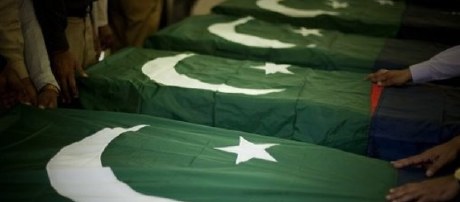
But these are not normal times. These tend to be tearful times. And so, too, was the ceremony this year. It was not meant to be that way, but that is what it became. It still conveyed a sense of pride, but it was pride drenched in too many tears.
Read Full Post

































































